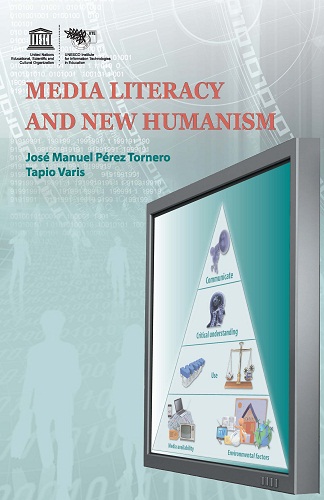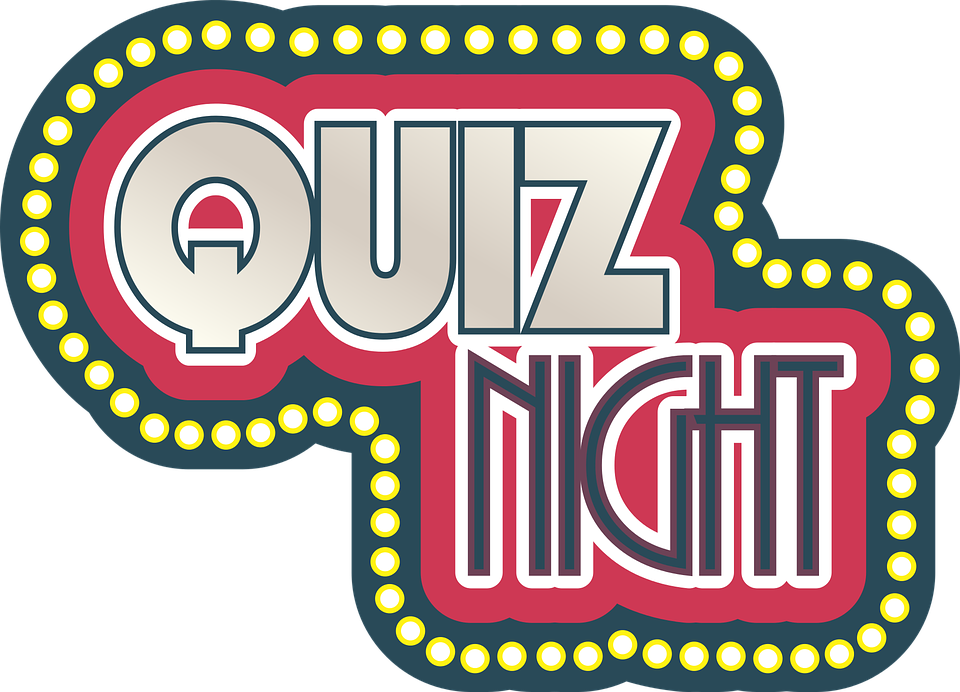Advanced Media Literacy Course
Преглед на темата
-
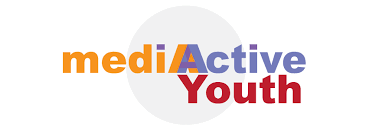 “Advanced
Media Literacy Course” is an interactive, multilingual (English, Spanish and
Serbian) online Moodle course about media literacy and critical thinking.
“Advanced
Media Literacy Course” is an interactive, multilingual (English, Spanish and
Serbian) online Moodle course about media literacy and critical thinking.The course provides essential knowledge and skills on media literacy and critical thinking, required for understanding contemporary media and media content, as well as for understanding and interpreting messages that we receive and send via mass media. The participants will be familiarized with and introduced to the key concepts in the field of media and communication, and empowered and encouraged to take a critical, active citizen and socially responsible role towards the contemporary media landscape. They will learn about the importance and influence of the media, their pervasiveness, the way that the messages are constricted and how they could be deconstructed, decoded and critically assessed in terms of quality, reliability, objectivity etc. and grasp the wider context in which the media function and the discourse they use to address the users/recipients...
The course will cover several larger areas of the media universe, each covering a number of different topics: Types of Media: Traditional vs. Social; Media Literacy and New Humanism as UNESCO’s emerging concepts; various meanings of media literacy; 5W + 1H – essential rules of responsible journalism (Who?, What?, When?, Where? and Why?, plus: How?); Find a Villain – How to analyse and critically read media messages?; The World in 30 Minutes: Constructing a TV News Lineup; Representation and Symbolism in the Media; Bias in the Media; Spin Doctors – What is Media Spinning?; "Fake" News and how to recognize them (CRAP test), The Power of Media (a very short history of the mass media, investigative journalism and examples of the most influential cases in history of media – the Watergate scandal, WikiLeaks, Panama papers)...
-
Week 1 provides basic notions about media literacy and writing rules. We will define media and literacy, talk about the changing role of literacy in the changing technological world, read a seminal Declaration on media education. We will also discuss some basic writing rules, practice using them and test our writing skills.
LESSON 1 - What is Media Literacy?
-
A short opening lecture entitled What is media literacy? explaining the notion of media literacy.
Prezi presentation of the lecture can be found here.
-
Reading - Paris 2007 Declaration on Media Education
UNESCO takes Media literacy seriously!
Already in 1982, UNESCO made a so-called Grunewald Declaration, stating:
‘We live in a world where media are omnipresent: an increasing number of people spend a great deal of time watching television, reading newspapers and magazines, playing records and listening to the radio. In some countries, for example, children already spend more time watching television than they do attending school.’
‘Rather than condemn or endorse the undoubted power of the media, we need to accept their significant impact and penetration throughout the world as an established fact, and also appreciate their importance as an element of culture in today’s world. The role of communication and media in the process of development should not be underestimated, nor the function of media as instruments for the citizen’s active participation in society. Political and educational systems need to recognize their obligations to promote in their citizens a critical understanding of the phenomena of communication.’
In 2007, UNESCO made another declaration in Paris, which you can read above or here.
-
-
Exercise - Short summary of the Paris Agenda (200-300 words).
Try to formulate a summary by briefly answering the following questions: Who, when and why adopted the Paris Agenda? What are the four guidelines from the Grünwald Declaration that remained valid in the Paris Agenda? What are the recommendations for each of the four guidelines? Which of the guidelines you consider as most important and why?
-
-
Week 2 deals with tools and examples for approaching media messages critically. Every news footage has a particular angle or point of view from which it is narrated or told. Critically reading media messages means to be aware of and to think critically, about this angle that the story is being told, and of various strategies that the media use in order to be more persuasive.
In other words, this topic introduces you to the issues such as representation and symbolism in the Media, biases and prejudices in the media and media spinning i.e. twisting the facts or distorting views and perspectives through particular media strategies.
-
Critically reading media messages means to be aware, to think, and to think critically, about this angle that the story is being told. We will illustrate this point by looking at several different media footage of the Syrian crisis.Prezi presentation of the lecture can be found here.
-
CHINA AND RUSSIA IN USA POLITICS AND THE MEDIA
Task: Watch these 2 short clips carefully
Now, think about and try to formulate answer to the following questions in the form of a couple of short paragraphs (up to 500 words in total):
Who would be the 'bad' and who the 'good guys' here?
Who amongst the officials has been presented, i.e. whose statements were given?
How do clips from China and Russia look like?
What do you think about the overall position-standpoint of the clip's author?
Does that tell us something about the overall attitude of the given TV network and the audience/society it addresses overall?
-
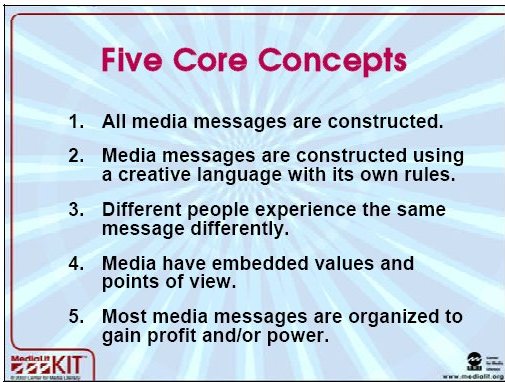
The goal of this exercise (accommodated from MediaLit.org) is to gain a better understanding of how media messages are constructed. The decision of what to include and what to leave out is made all the time as media creators struggle to balance competing needs. By enacting the role of news producers and organizing a simple 30 minute TV newscast, you can experience the process of making critical choices about what gets aired and what is never seen.
Objectives: You will be able to…
1. Experience the role of news editor.
2. Define factors that go into news judgments.
3. Explore the constructed nature of news media with a consciousness of the way subjective choices influence the news that gets reported.
Your Task(s):
I. First, go to this website of the Newseum, containing front pages from over 400 newspapers in 47 countries; the “map view” helps you locate your own local newspaper as well as cities near and far.
II. Compare various Newspapers' front pages - Which stories are on more front pages? Which are only on one front page? What feelings or impressions do you get from the different front pages? Compare headlines for the same story in the two papers. How do the headlines differ in tone and implication? How do the headlines influence the way one could read the story? Compare photographs connected with the same story in the two newspapers. In what ways are the photos similar or different? What do the photos suggest about the story? What are some ways you see that headlines and photographs affect interpretations of news stories?
III. Make your own front page. While doing it, try to think about - How and why do you decide to select certain events and exclude others? What photos/visuals do you include and why? What headlines and subheadings you chose - can they be really neutral and what kind of message do they transmit?
-
-
Weeks 3 and 4 offer an overview of some basic principles of responsible and investigative journalism. The so-called 5 Ws and 1H is the most common principle in journalism. This means that your information should contain answers to the following 5 questions: Who, What, Why, When and Where, as well as How.
It also offers information and sources on Fake news, finding reliable sources and investigative journalism, as well as some practical, introductory remarks about the basic rules of writing and exercises and quizzes designed to aid the participants in consolidating and improving their style of writing.
-
Lecture 5W+1H Principle of Journalism introduces the basic things that we expect to see in any good media reporting. Its essence is summarized in the 5 Ws and 1H principle, meaning that your information should contain answers to the following 5 questions: Who, What, Why, When and Where, as well as How.
Prezi presentation of the lecture can be found here.
-
Every story and every written text has a certain logic, they are all constructed according to certain principles. The aim of this short lecture Basic rules of writing (10:46),is to identify some basic writing logic or principles that (should) underline(s) all writing.
Prezi presentation of the lecture can be found here.
-
This presentation contains some basic information about fake news and how to recognize them, as well as additional sources and links on the subject.
In sort, "fake news” are those news stories that are false: the story itself is fabricated, with no verifiable facts, sources or quotes.Additional Sources:
•Fact v. Fiction - Fake News: a useful website containing examples of fake news, fake news websites, quiz and online games for practicing identifying and recognizing fake news•Another index of fake news websites by Columbia Journalism Review (CJR)•A useful website about Identifying Fake News Sources•Stebbins, Leslie. (2015). Finding Reliable Information Online: Adventures of an Information Sleuth. Lanham, MD: Rowman & Littlefield, 2015Stebbings offers an interesting book in which each chapter presents an example of one online search for information, from a question of is red wine good for health to where to go on a holiday. She follows search engines such as Google and specialized websites and searches for sources and roots of information to show which are good and reliable sources.Balkan websites and initiatives for exposing fake news:
-
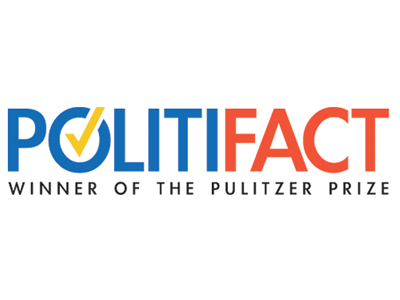
Real or fake? is a short, 10 question quiz developed by the Pulitzer-winning Politifact. These questions help you determine and evaluate if a certain website, article, or source of information is reliable or not. After you responded to the quiz, you will get a feedback telling you if the source in question is reliable, fake or dubious and needs further verification.
-

